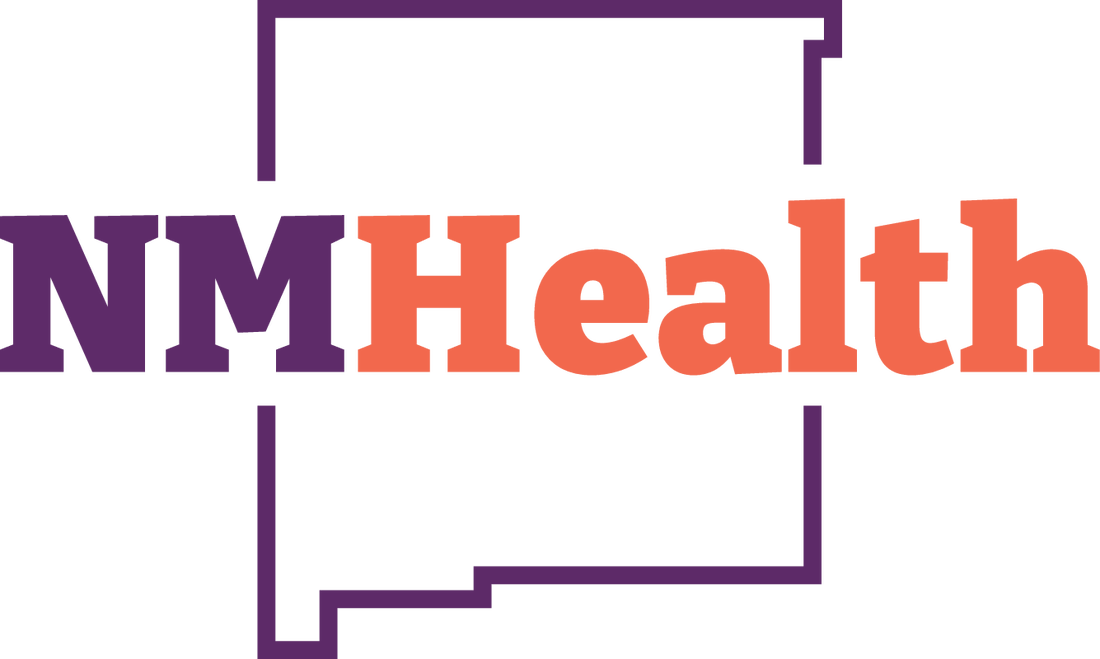Office of Community Engagement
Welcome to the office of Commnity Engagement
The Office of Community Engagement (OCE) is committed to fostering meaningful partnerships with communities across New Mexico to address barriers to well-being and ensure that public health services are responsive, accessible, and effective for all. In alignment with the broader mission of the New Mexico Department of Health, we engage directly with communities, collaborate with community-based organizations, and implement culturally, socially, and linguistically appropriate strategies. Through community engagement, assessment, policy development, and program implementation, we strive to improve access to essential resources and create opportunities for all New Mexicans to achieve their best health.
Our Commitment to Fair and Just Access to Health
At the heart of our work is ensuring everyone has a fair and just opportunity to achieve their best health. This means identifying, reducing and ultimately eliminating barriers that prevent individuals and communities from accessing care, resources, services and support.
The World Health Organization states good health is a fundamental human right. Creating a healthier future requires valuing every individual and taking intentional steps to remove obstacles and increase access to services. By embracing community-driven initiatives, we empower individuals and organizations to develop sustainable solutions that build a stronger, healthier New Mexico.
Some of the health challenges specific to New Mexico include:
Language Access Program
The Language Access Program is dedicated to ensuring that all individuals, regardless of the language they best understand, have access to public health services, information, and resources. Recognizing the diverse linguistic needs of New Mexico’s communities, the program supports culturally and linguistically appropriate communication across all NMDOH programs and initiatives.
Through interpretation, translation, and accessible communication strategies, the program helps individuals navigate services, understand public health information, and receive essential resources in their preferred language. The Language Access Program works to remove language barriers and promote meaningful access to services for non-English-speaking and limited-English-proficient individuals.
Our Language Access Efforts Include:
- Interpretation Services: Providing in-person and telephonic interpretation to support communication with healthcare providers and public health staff and at public events.
- Translation Services: Ensuring critical documents, health education materials, and public health announcements are available in multiple languages.
- Training and Support: Providing training to NMDOH staff to become Qualified Medical Interpreters, ensuring accurate and effective communication in healthcare and public health settings.
By prioritizing language access, NMDOH upholds its commitment to serving all New Mexicans, ensuring they receive the information and care they need regardless of the language they speak.
Learn More
Below you will find a list of community-based organizations and government agencies and services. Exploring this list will give a broader understanding of the work that is being done to support all those that live in New Mexico.
Please note that this list does not include all available services, agencies and organizations.
Community Building & Culturally Responsive Services
Building local leadership, support culturally grounded health approaches, and engage communities.
- Disability Rights New Mexico
- Generation Justice
- UNM Health Sciences Center Office for Diversity, Equity & Inclusion
- Behavioral Health Collective
Tribal Health
Supporting sovereignty, traditional knowledge, and culturally specific care in tribal communities.
- NM Indian Affairs Department
- New Mexico Native American Resource Directory
- Indian Health Service
- Navajo Nation Department of Health
- Bureau of Indian Affairs
- Bureau of Indian Education
- First Nations Community Healthsource
Data and Resource Access
Helping to ensure programs are informed by data, accessible services, and community needs.
- New Mexico Department of Health Data
- New Mexico's Helath Indicator Data & Statistics
- United States Census Bureau
- New Mexico Community Data Collaborative
- New Mexico Center on Law and Poverty
- New Mexico Environmental Public Health Tracking
Language Access and Inclusive communication
Supporting communication that affirms identity, culture, and understanding.
- Language Matters (CDC Plain Language Guide)
- Dual Language Education of New Mexico
- LGBTQ Glossary | Glosario LGBTQ
- National Insitute of Health - Health Literacy
- World Health Organization Health Literacy
Food, Housing, and Economic
Tackling root causes of issues like housing insecurity, hunger, and poverty.
- Share NM Main Page
- New Mexico Native American Resource Directory
- New Mexico Coaltion to End Homelessness
- Roadrunner Food Bank
- La Semilla Food Center
- Prosperity Works
- Con Alma Health Foundation
News Articles
Latest
- Health department and Navajo Nation sign historic agreement (July 2, 2025)
- New Mexico Cancer Council Native American workgroup receives national award (November 28, 2023)
- DOH addresses data security incident with transparency and vigilance (July 31, 2023)
Popular
- Toolkit to Strengthen the Business of Tribal Agriculture (March 21, 2017)
Publications
Featured
- Health Equity in New Mexico 2019 (Report)
- Addressing the Health Needs of Sex and Gender Minorities in New Mexico (Report)
- Cultural Linguistic Competency Assessment 2017 (Report)
Latest
- State-Tribal Collaboration Act Agency Report 2025 (Report)
- State Tribal Collaboration Act “SCTA” (Report)
- Office of the Tribal Liaison (OTL) (Report)
Popular
- American Indian Health Equity Report 2013 (Report)
- Healthy Border 2020 (Report)
- Racial and Ethnic Health Disparities Report 2014 (Report)

